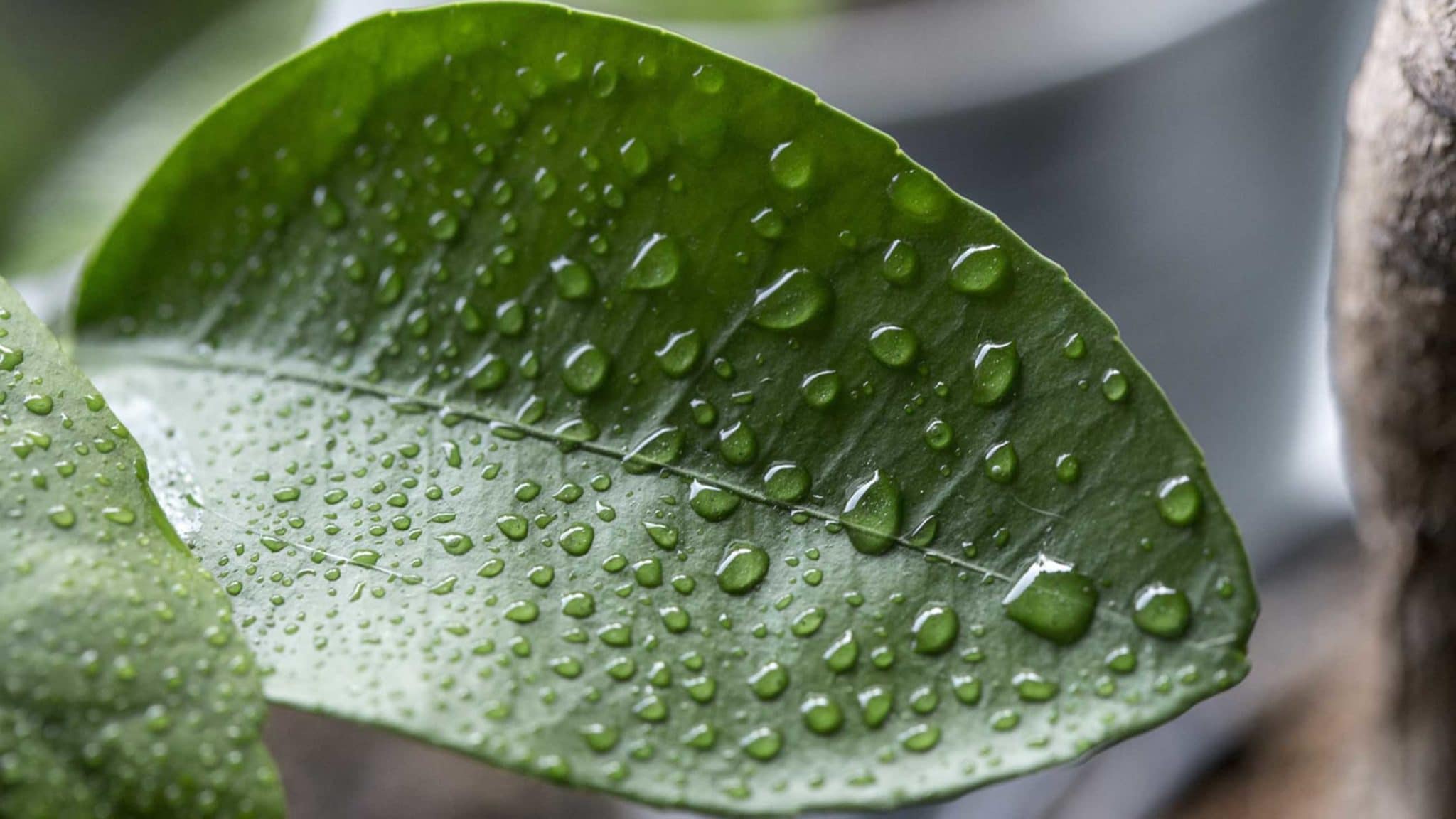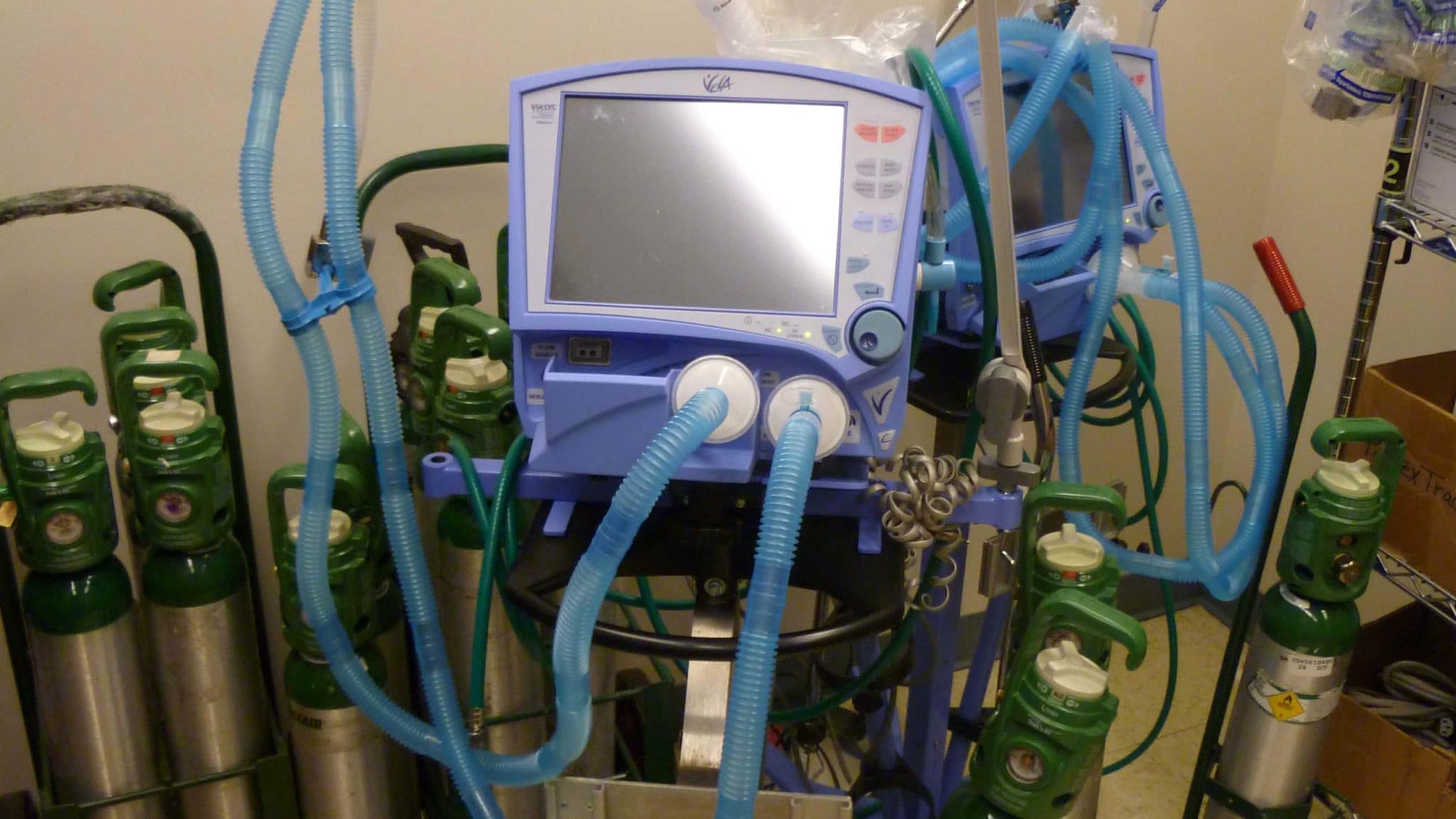As the coronavirus pandemic continues to spread, Undark readers have been sending us numerous and often insightful questions, comments, and observations on the subject. We’ve asked the Pulitzer Prize-winning science journalist and Undark’s publisher, Deborah Blum, to dedicate some time to responding — both as a reader service, and as another way for Undark to cast some light into the darkness of misinformation, rumor, fear, and conjecture now percolating through the information commons.
You can find previous iterations of this feature here. And if you have questions, comments, or would like to see some other aspect of the Covid-19 crisis explored in a subsequent feature, please write us at: [email protected]. (Reader questions and comments below have been edited and sometimes combined for clarity and brevity.)
It has been said that hot and humid weather helps fight the coronavirus. I get it about the hot. But humid? How is it that it helps?
A number of studies – including research described as elegant by Harvard epidemiologist Marc Lipsitch – have found that seasonal respiratory viruses, such as influenza, spread more easily in the air without interference from high amounts of water vapor — that is to say, high humidity. And we do tend to see drier air in the chillier months, as well as more people gathered indoors – both reasons why infections like influenza tend to rise in the winter.
We don’t have as much information on whether coronaviruses hold to that same pattern, but researchers are hopeful that such influences might reduce its spread. On the other hand, an increasing body of research suggests that this may well be over-optimistic. Neither of the other virulent coronavirus pandemics of the 21st century – SARS-Cov-1 in 2003, and MERS in 2012 — were particularly responsive to seasonal change. Further, an analysis from the National Academies of Science, Engineering, and Medicine regarding this year’s offered a sobering warning: “Given that countries currently in ‘summer’ climates, such as Australia and Iran, are experiencing rapid virus spread, a decrease in cases with increases in humidity and temperature elsewhere should not be assumed.”
In a letter to the White House sent earlier this month, the committee members highlighted a recent study from Tulane University on this point. Scientists there put samples of SARS-CoV-2, the virus at the heart of this year’s pandemic, into a high-heat, high-humidity chamber for 16 hours. Under those conditions, it outlasted influenza, tuberculosis, and SARS-CoV-1 microbes. In a blog post covering the subject, Lipsitch suggested that if the warmer, more humid months do decrease viral transmission, the “size of the change is expected to be modest, and not enough to stop transmission on its own.”
Scientists say that the coronavirus can live airborne for three hours. What causes it to become inert after that time? And relatedly: What allows the virus to survive up to two weeks on some surfaces, as was found on a cruise ship?
So let’s start with the daunting estimate of SARS-CoV-2 floating in the air for three hours. That number came from a study published in the New England Journal of Medicine in mid-March. But, as critics have pointed out, the experiment was done in a controlled environment using a fine aerosol mist for dispersal. In other words, the virus-infused droplets were much smaller and lighter than those associated with normal coughing and sneezing, and so they were likely to stay airborne longer. Partly because of that difference, scientists suspect the real-life duration might be closer to half an hour for airborne transmission. Obviously, that still underlines the importance of protective masks. But those droplets do settle out of the air — and where they land makes a difference as to the virus’s survival rate.
As the NEJM study points out, these are tough, durable microbes, but they are not immortal. Viruses require at least minimal moisture to survive. Without it, their oily outer envelope eventually dries out – a process known as desiccation – basically leaving them husks of their once virulent selves. If the virus lands on a porous, moisture absorbing surface – like fabric or paper – it apparently dries out more quickly. This is one reason why the estimated survival rate for SARS-CoV-2 is thought to be up to 24 hours on cardboard, compared to 72 hours on plastic or 96 hours on glass, which are both obviously less absorbent materials. A study in the Journal of Hospital Infection noted that it can survive on some surfaces for up to nine days.
A U.S. Centers for Disease Control and Prevention analysis of a cruise ship with infected passengers did – as you note – find traces of the virus more than two weeks after the ship had emptied. But biologists point that the operative word there is “traces” – in some cases a mere 0.1 percent of the viral starting point. And of course, all these studies focused on surfaces that had not been disinfected — just another reminder that soap and alcohol-rich disinfectants are ever your friends in the current pandemic.
What is the difference between pneumonia and Covid-19?
There’s been a fair amount of confusion on this point so I’m glad you asked. Pneumonia is the description for an infection that causes inflammation of lung tissue. SARS-CoV-2 can do that, of course, but so too can many other microbes, including bacteria, fungi, or other viruses. It’s also worth noting that the SARS-CoV-2 virus doesn’t always limit itself to the lungs, and it has been associated with damage to other organs, including the heart and the liver.
That said, Covid-19 — the disease caused by SARS-CoV-2 — does primarily impact lung tissue, spreading to the microscopic bubble-like air sacs at the outer edges of the lungs, called alveoli, that take up oxygen and help expel carbon dioxide. (You’ll find alveoli defined here as the “workhorses of the respiratory system.”) As the alveoli become infected, they can fill with pus and other fluids, blocking oxygen exchange, a condition which is a general characteristic of pneumonias.
The SARS-CoV-2 virus is particularly notable for its ability to infect both the upper and lower regions of both lungs, and the severity of the resulting pneumonia is the reason that machines like ventilators, which mechanically infuse oxygen into a patient, have been in such high demand.
We’re too early into this pandemic to know the long-term consequences of such illnesses, but there is some concern that, like SARS-CoV-1, the closely related coronavirus behind the 2003 pandemic, this type of lung infection can cause some lasting scarring of lung tissues. Fortunately, evidence suggests that only 15 percent of Covid-19 patients progress into conditions like a severe pneumonia, and — according to one study from China, only a little over 3 percent of patients were sick enough to need a ventilator.
That’s it for this installment, but if questions or observations occur to you as this pandemic moves forward, don’t hesitate to contact us. We’ll do our best to include your input or otherwise provide you with realistic answers — and we can promise you they’ll be well researched ones. Please email us at [email protected].












Comments are automatically closed one year after article publication. Archived comments are below.
The virus is being transmitted readily at tropical latitudes where it is hot and humid. I have not seen any analysis of this or if this argues against the supposed summer recess at more northern climes
Is the virus carried in your lungs much like tuberculosis and presents itself when conditions are favorable ?